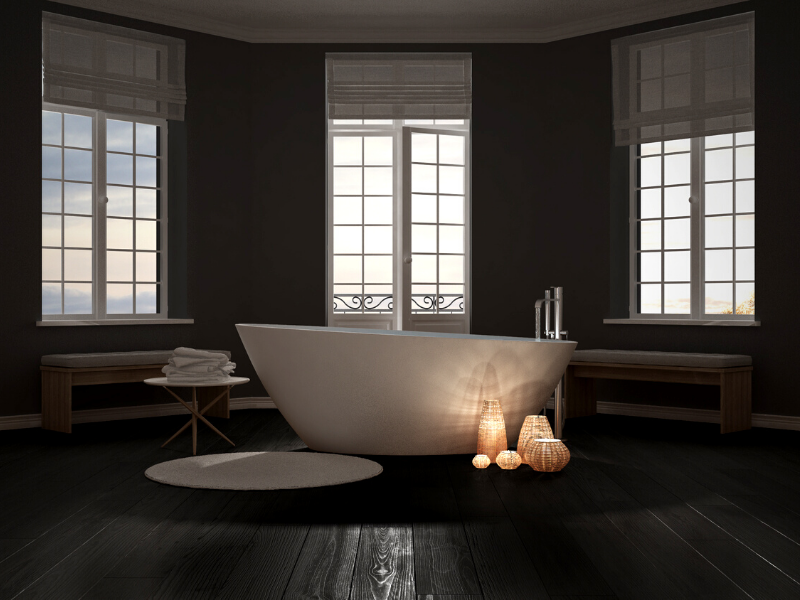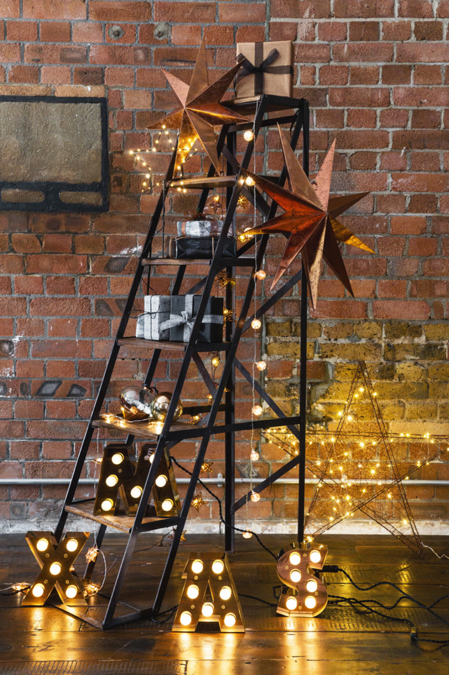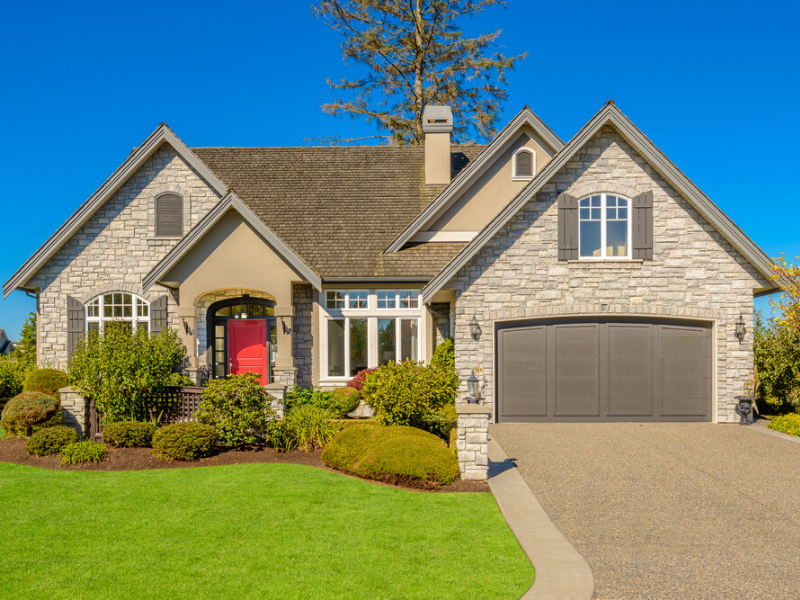
The following analysis of the Metro Denver & Northern Colorado real estate market is provided by Windermere Real Estate Chief Economist Matthew Gardner. We hope that this information may assist you with making better-informed real estate decisions. For further information about the housing market in your area, please don’t hesitate to contact me.
ECONOMIC OVERVIEW
Colorado’s economy added 57,100 new non-agricultural jobs over the past 12 months, a growth rate of 2.1%. The pace of job growth has been moderating and I anticipate this trend will continue as we move through 2020. My current forecast is for Colorado to add around 57,000 new jobs in 2020, a growth rate of 2.1%.
In November, the state unemployment rate was 2.6%, down a full percentage point from the same month in 2018. Unemployment rates in all the counties contained in this report were lower than a year ago and it is fair to state that all markets are now at full employment.
HOME SALES
- In the final quarter of 2019, 14,279 homes sold, representing an impressive increase of 9.2% compared to the final quarter of 2018. However, sales were 18.7% lower than the third quarter, which I attribute to seasonality. Pending sales — a sign of future closings — dropped 26.7% compared to the third quarter, suggesting that closings in the first quarter of 2019 are likely to come in below current levels.
- It is notable that all counties contained in this report saw sales growth compared to the same period a year ago.
- Listing activity in the quarter essentially matched the same period in 2018 but the number of homes for sale was 26% lower than in the third quarter of the year. Again, this is a function of seasonality.
- Inventory levels are holding steady, and demand for housing continues to be strong. I would certainly like to see inventory levels rise and I remain modestly hopeful that this will be the case, but likely not until the second half of 2020.

HOME PRICES

- Home prices continue to trend higher, with the average home price in the region rising 4.3% year-over-year to $473,264.
- Interest rates remain at very competitive levels and are likely to stay below 4% through 2020. This will allow prices to continue to rise, though I expect more modest price growth if there is an increase in the number of homes for sale.
- Appreciation was strongest in Boulder County, where prices rose 7.4%. Home prices dropped in Clear Creek, Park, and Gilpin counties, but these are small markets so I don’t believe it’s indicative of an ongoing trend.
- Affordability remains an issue in many Colorado markets and this will act as a modest headwind to ongoing price growth.

DAYS ON MARKET
- The average number of days it took to sell a home in the markets contained in this report rose three days compared to the final quarter of 2018.
- The amount of time it took to sell a home rose in all counties other than Clear Creek when compared to the fourth quarter of 2018.
- It took an average of 41 days to sell a home in the region, an increase of 11 days compared to the third quarter of this year.
- The Colorado housing market is still performing well and the modest increase in the length of time it took to sell a home is not a concern at the present time.

CONCLUSIONS

This speedometer reflects the state of the region’s real estate market using housing inventory, price gains, home sales, interest rates, and larger economic factors.
For the fourth quarter of 2019, I am leaving the needle at the same level as in the third quarter. Listing activity has not grown, and this has led to higher prices in general. Although market time has risen, the market still favors home sellers.
ABOUT MATTHEW GARDNER

As Chief Economist for Windermere Real Estate, Matthew Gardner is responsible for analyzing and interpreting economic data and its impact on the real estate market on both a local and national level. Matthew has over 30 years of professional experience both in the U.S. and U.K.
In addition to his day-to-day responsibilities, Matthew sits on the Washington State Governors Council of Economic Advisors; chairs the Board of Trustees at the Washington Center for Real Estate Research at the University of Washington; and is an Advisory Board Member at the Runstad Center for Real Estate Studies at the University of Washington where he also lectures in real estate economics.
 Facebook
Facebook
 X
X
 Pinterest
Pinterest
 Copy Link
Copy Link

















